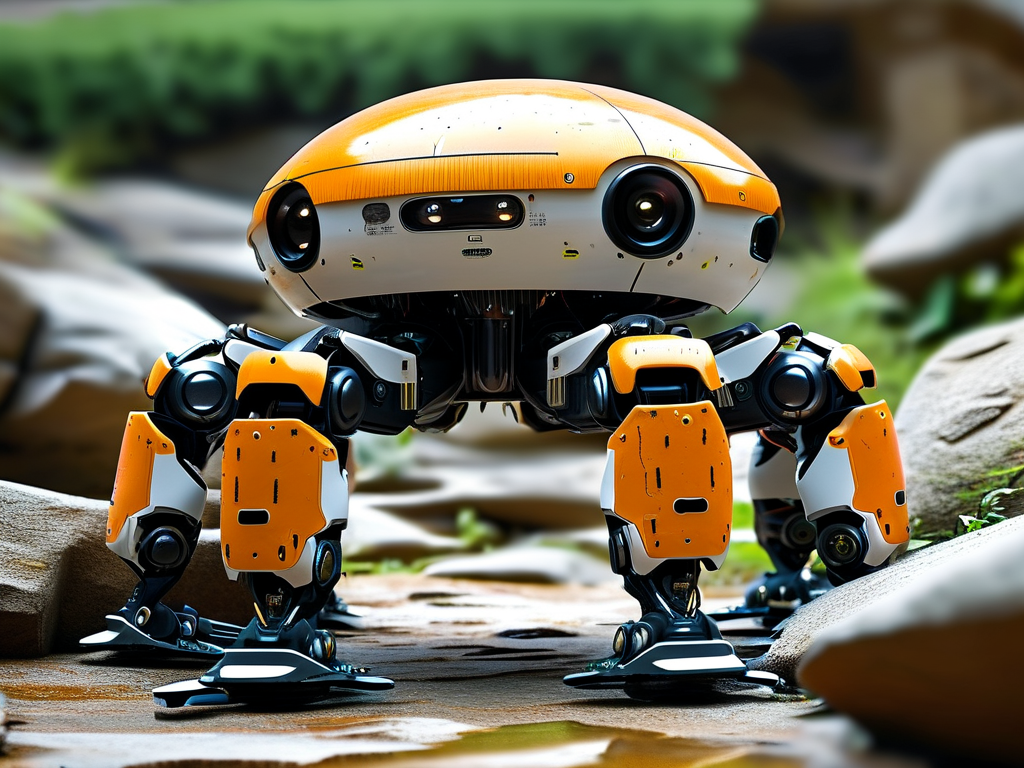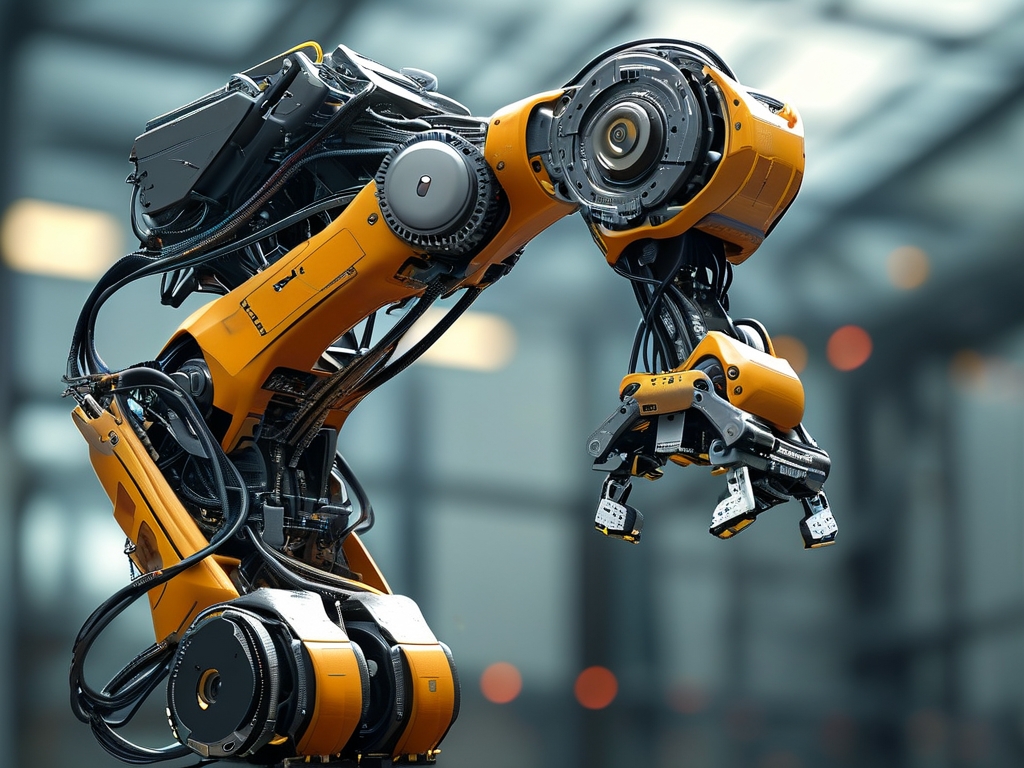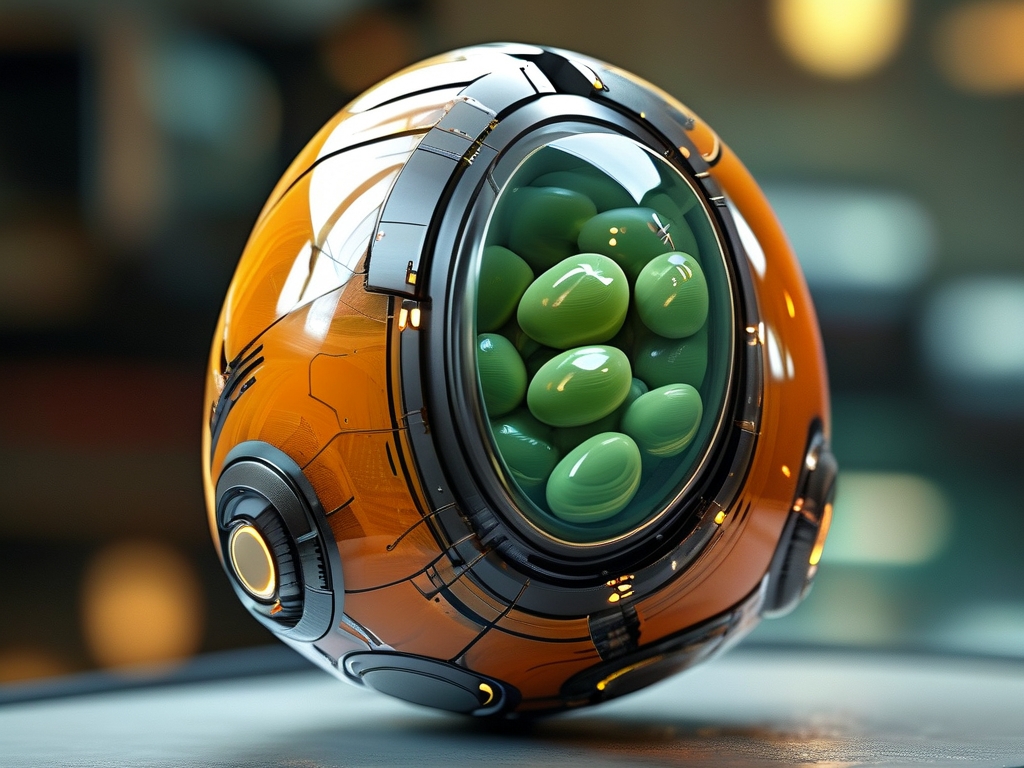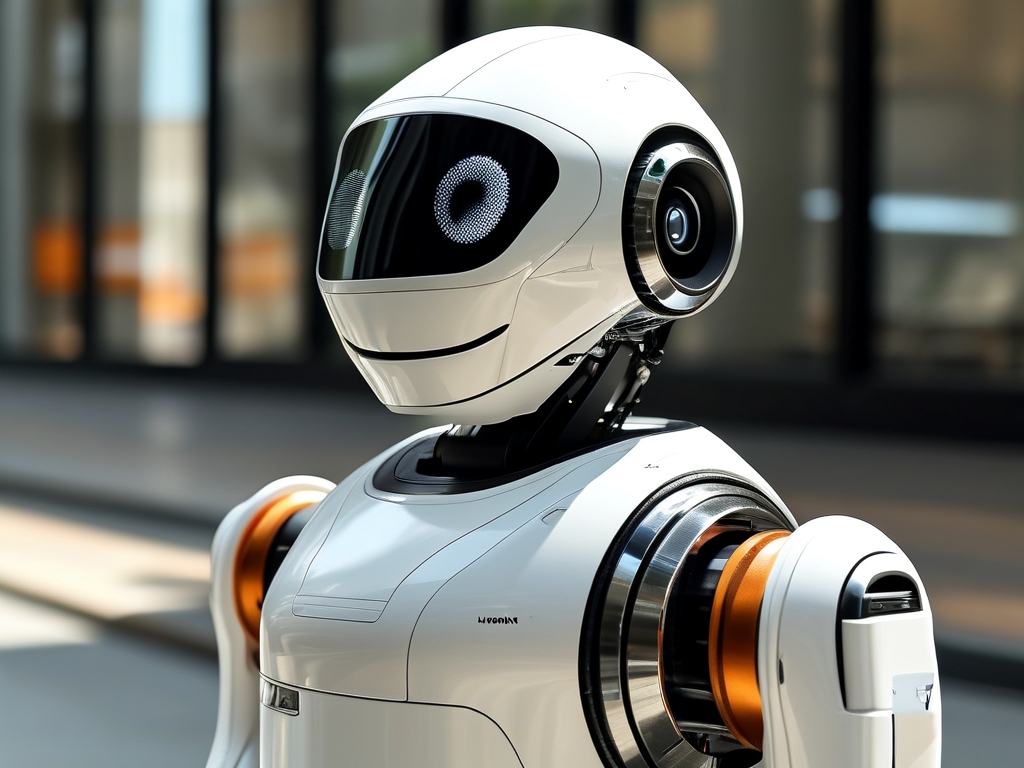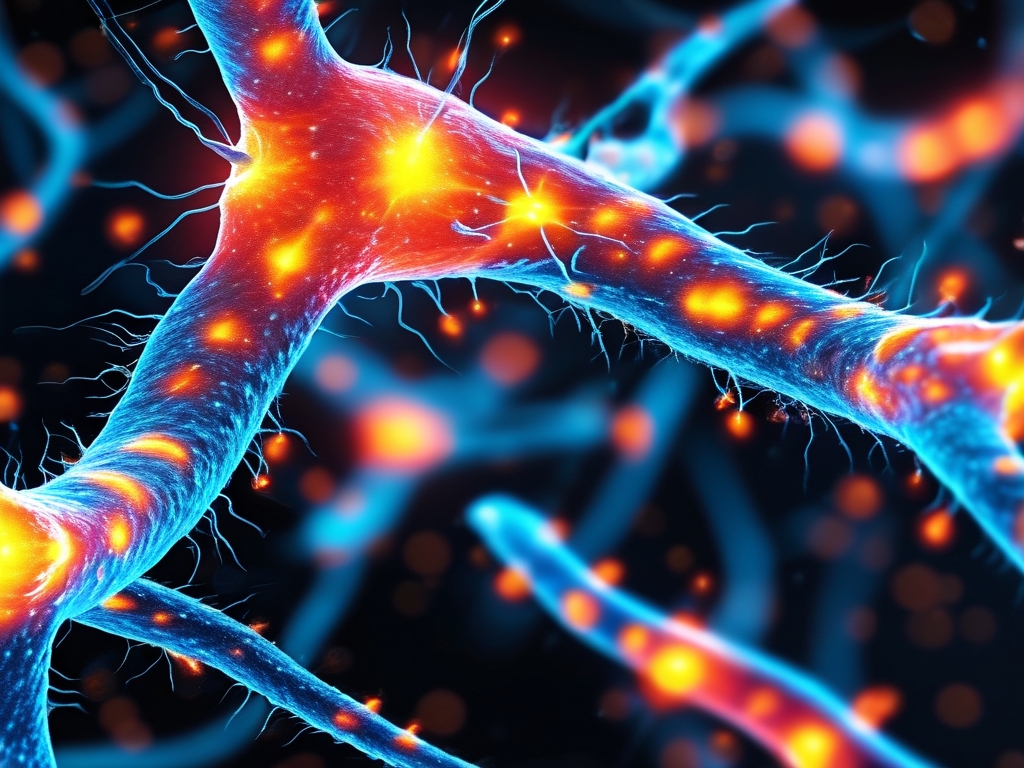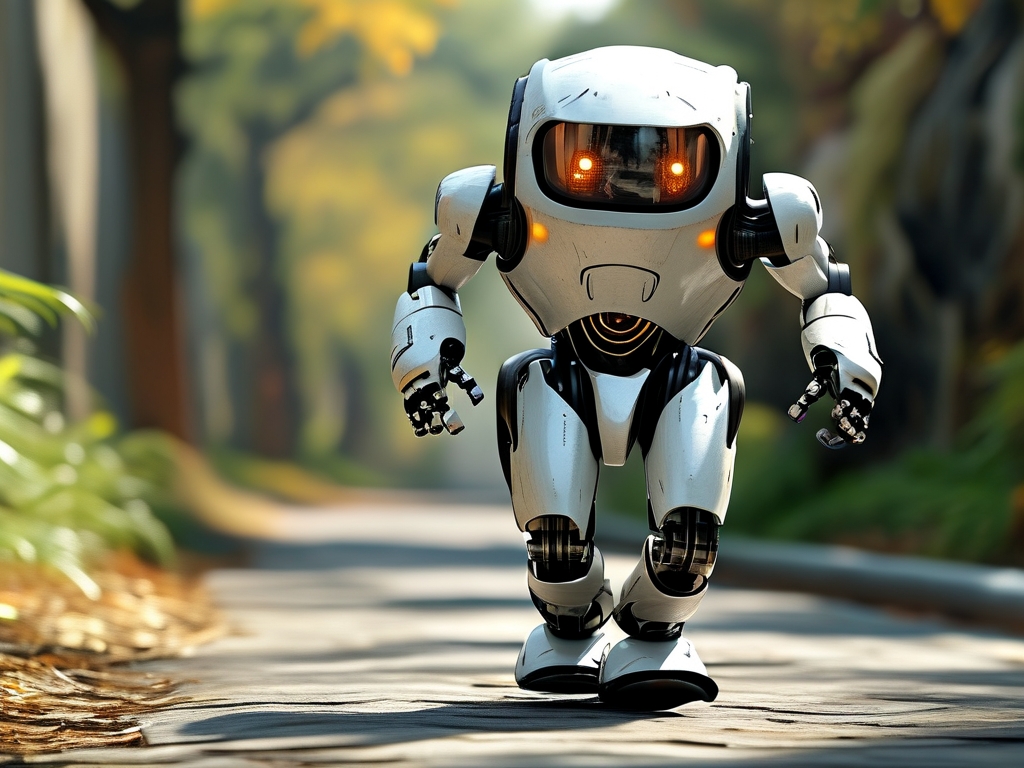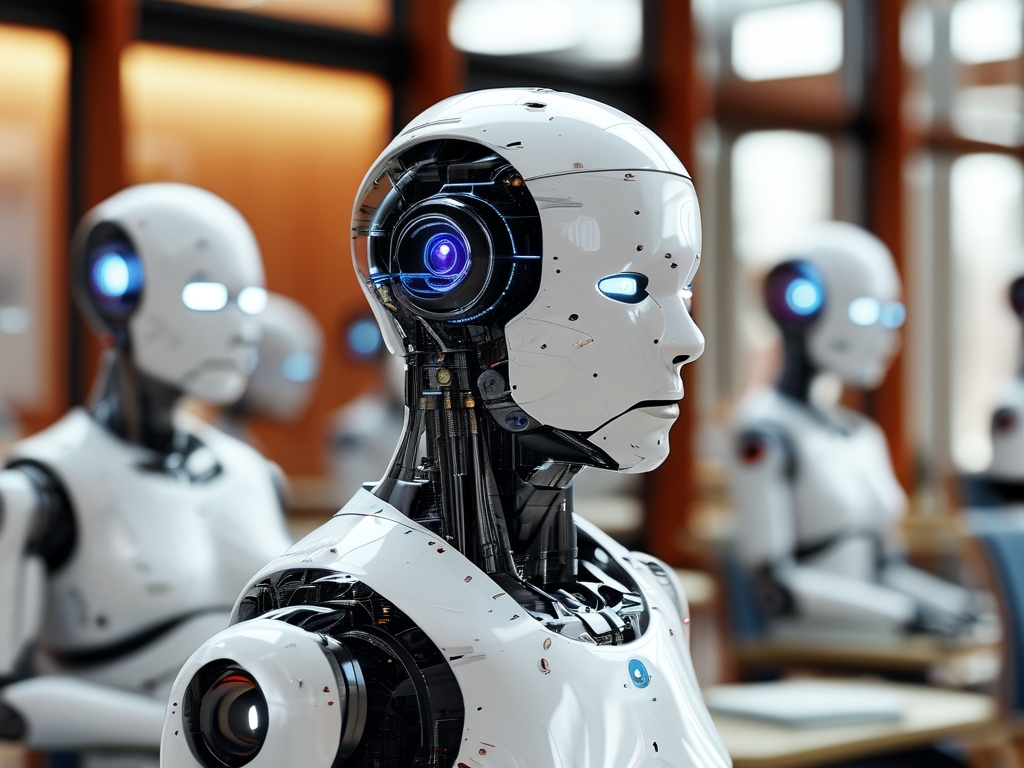The concept of general-purpose robots – machines capable of performing diverse tasks with human-like adaptability – has transitioned from science fiction to tangible reality. At the heart of this technological revolution lie five interconnected core technologies: multimodal perception systems, advanced motion control architectures, cognitive artificial intelligence, energy-efficient actuation, and human-robot interaction frameworks. These innovations collectively enable robots to operate in dynamic environments while maintaining safety, efficiency, and decision-making autonomy.
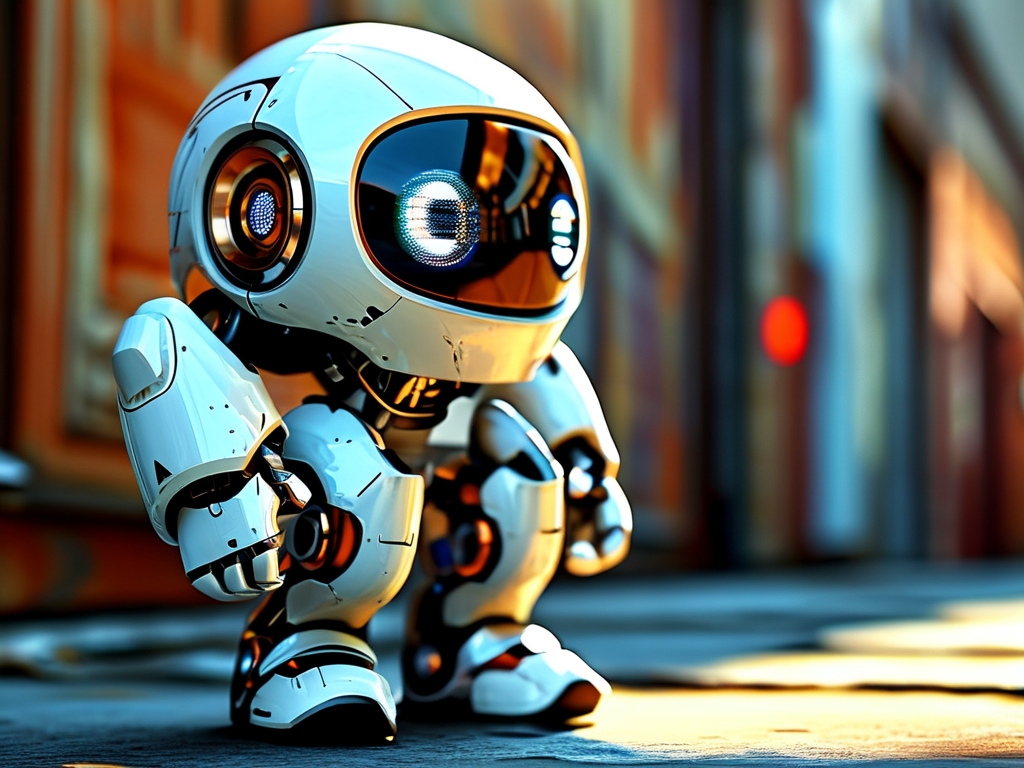
1. Multimodal Perception Systems
Modern robots employ sensor fusion architectures combining LiDAR, RGB-D cameras, tactile arrays, and proprioceptive sensors. The NVIDIA Isaac platform demonstrates this through its 360° spatial awareness using time-of-flight sensors and millimeter-wave radar. Breakthroughs in event-based vision sensors (like those from Prophesee) allow microsecond-level response to environmental changes, crucial for tasks like industrial quality inspection. SLAM (Simultaneous Localization and Mapping) algorithms have achieved centimeter-level precision through neural radiance fields (NeRF) and Gaussian splatting techniques.
2. Bio-inspired Motion Control
Boston Dynamics' Atlas robot exemplifies breakthroughs in dynamic locomotion through model predictive control (MPC) and reinforcement learning. Recent MIT research on "liquid neural networks" enables real-time adaptation to terrain variations. Tendon-driven actuators mimicking human musculature (as seen in Shadow Robot Company's designs) provide unprecedented dexterity for tasks ranging from surgical suturing to circuit board assembly.
3. Cognitive AI Architecture
The integration of transformer models with symbolic reasoning systems marks a paradigm shift. DeepMind's RT-2 model combines vision-language-action tri-modality learning, enabling zero-shot task generalization. Neuromorphic computing chips like Intel's Loihi 2 implement spiking neural networks that achieve 100x energy efficiency improvements for real-time decision-making. Meta's CICERO project demonstrates how theory-of-mind modeling enables complex human-robot collaboration.
4. Power and Actuation Innovations
MIT's synthetic diamond micro-actuators demonstrate 10x power density improvements over conventional motors. Solid-state battery breakthroughs (e.g., QuantumScape's lithium-metal cells) provide 500+ Wh/kg energy density. Soft robotics research at Harvard's Wyss Institute creates pneumatic artificial muscles with 300% contraction rates, enabling delicate object manipulation without complex gearing systems.
5. Human-Centric Interaction Design
Natural language processing systems like OpenAI's Whisper and Amazon's Alexa LLM achieve 98% speech recognition accuracy in noisy environments. Haptic feedback systems using ultrasonic phased arrays (as developed by Ultrahaptics) create mid-air tactile interfaces. Emotion recognition algorithms analyzing micro-expressions through hyperspectral imaging enable context-aware service robots in healthcare and education sectors.
Ethical considerations remain paramount as these technologies advance. The IEEE Global Initiative on Ethics of Autonomous Systems emphasizes the need for explainable AI frameworks and value-aligned learning protocols. Recent EU regulations mandate real-time accountability systems for autonomous robots operating in public spaces.
Industry applications already demonstrate transformative potential:
- Surgical robots like the da Vinci SP achieve sub-millimeter precision through fused fluoroscopic and haptic guidance
- Agricultural robots (e.g., FarmWise's Titan) reduce herbicide use by 90% through AI-powered weed recognition
- SpaceX's Optimus humanoid showcases mobile manipulation capabilities in spacecraft maintenance scenarios
The convergence of these technologies follows an exponential growth curve. While current systems operate at approximately 60% of human dexterity benchmarks (based on NIST's manipulation tests), projections suggest parity in complex object handling by 2028. However, challenges persist in cross-domain knowledge transfer and self-supervised learning efficiency.
As we approach the $500 billion robotics market forecast for 2030 (per McKinsey analysis), the focus shifts to developing unified operating systems. ROS 3.0's quantum-resistant security protocols and federated learning capabilities exemplify this trend. The ultimate goal remains creating robots that seamlessly integrate into human ecosystems – not as tools, but as collaborative partners enhancing our cognitive and physical capabilities.
This technological evolution demands interdisciplinary collaboration across materials science, neuroscience, and ethics. With responsible development, general-purpose robots could address global challenges from aging populations to environmental sustainability, fundamentally redefining humanity's relationship with intelligent machines.


